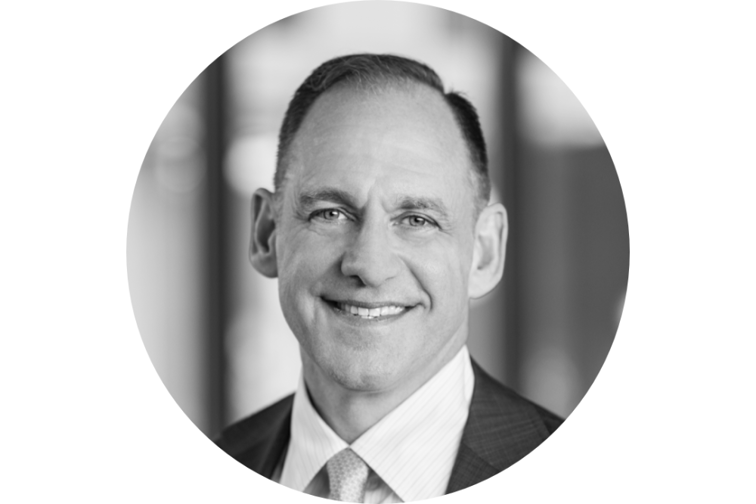

The agency mergers and acquisitions (M&As) world is a busy and crowded space these days. Buyers are eager to swoop for high-performing agencies, while agencies are hungry for growth. More than half (56%) of agencies report being somewhat or very interested in selling today, according to a 2022 survey by The Harris Poll conducted on behalf of Keystone Agency Partners (KAP).
“The poll showed that 56% of the agencies are entertaining the sale, but over 40% are not because they value autonomy and independence,” said Jeff Turner (pictured), CEO of KAP, a US insurance brokerage platform.
He described KAP’s approach as “somewhat antithetical” to the typical M&A playbook. “Most buyers will deploy a very similar model, which is to buy agencies and consolidate them into a larger organization. They will integrate most functions, centralize, and control most decisions in that agency. Over time, the acquired agency loses its identity,” Turner told Insurance Business.
KAP seeks to attract independent, entrepreneurial agency owners that have taken significant risks to build their businesses. “I often say that we’re attracted to agencies that want a partner, not a boss,” Turner said. In KAP’s model, the principal owner maintains significant equity in the agency they lead, while the equity partner that acquires the agency offers resources, capital, and expertise to help accelerate an agency’s growth.
“Instead of ultimately marginalizing the agency leadership, we want to empower them. We infuse them with services and resources to ignite that entrepreneurial spirit to grow at an even more aggressive pace and reach growth aspirations that they could never have achieved on their own,” said Turner.
Using this “connected and autonomous” acquisition model, KAP has grown at a rapid pace since it launched in the first quarter of 2020. The platform has made 47 acquisitions (15 "platform" acquisitions and 32 "tuck-in" acquisitions) in 11 states, worth about $175 in revenue.
“We don’t buy 100% of our ‘platform partners,’ the larger agencies that we invest behind. We allow for the leaders to retain ownership in their independent agency, in addition to having the opportunity to take shares in KAP. We think that uniquely aligns incentives around driving aggressive growth for the connected autonomy,” Turner explained.
The CEO said agency owners looking to merge or sell their businesses should lay out their objectives for the move. “My advice is to understand the kind of partner you want. There are so many options [when it comes to acquirers], so I would de-emphasize the economic aspect.
“I would set aside who will pay the highest multiple because the market will dictate the value of the agency. Instead, I would focus on what they’re trying to accomplish in the sale. Is it for perpetuation? Is it to monetize your life’s work?”
The most important thing for agency owners to know during the sale and merger process is that it will be time-consuming. “The process is arduous and takes a tremendous amount of time. Owners need to prepare for it to dominate their time for the 60- to 90-day due diligence period,” Turner explained.
He also advised agency owners to assign a primary point person responsible for due diligence tasks, such as data gathering and interacting with lawyers and accountants, to minimize overall business disruption.
“If there’s a way to allow for one person to sort of be the champion for that, and then to bring other stakeholders in as decisions need to be made, I think that will help the agency maintain productivity during the transaction,” Turner suggested.
When everything is signed, sealed, and delivered, how do you know if a merger or sale was successful? Turner said it comes down to three things: “One – and this is very tactical – is that what we believe to be true about the agency proved true through the financial and operational diligence. The first check mark of success is that we confirm everything we know about the agency through the process.
“The second is that the agency remains excited about the partnership and remembers why we went down this road together. I think it’s essential to keep everybody focused on the opportunities that the transaction creates for all of us. There’s certainly a degree of transaction fatigue in any M&A process. Still, we should maintain focus on the goal of the transaction and not get lost in the tactical details of diligence.
“The third check mark of success is that we’re able to quantify what ‘day two’ looks like, and we’re able to take steps towards integration. That means we minimize the churn on the employees so they can stay focused on serving clients and prospecting for new ones.”
